The Last of Us: How Feasible is its Cordyceps Infection?
If the Cordyceps infection reached humans, what would the results be?

Whether it's Left 4 Dead's Green Flu outbreak or Dying Light's Harran Virus, the use of zombies and, more importantly, parasitic zombie outbreaks is a trope that's been around as long as the horror genre has existed within video games. The issue with the games I've mentioned is that their outbreaks are still pretty unrealistic and the Last of Us is no exception. With the remake just hitting the market and Outbreak Day fast approaching, there's no better time to see just how a Last of Us-style outbreak could work in the real world.
The Infection
To gain an idea of how feasible the outbreak is, we first have to look at the infection itself. The Cordyceps Brain Infection, or CBI for short, is a fungal infection, that originates in the brain and grows out, taking control of the nervous system and eventually pushing through the skull, mutilating the appearance of the host. Finally, the fungus kills the host and stalks sprout from the host's body, spreading spores. Now, this may seem far-fetched to the average onlooker, but as anyone who's seen the now widely-circulated clip from Planet Earth will know, the concept is rooted in a real-world phenomenon.
Source: YouTube..
The video depicts an ant infected with a cordyceps fungus making its way to the top of a tree, where the fungi release spores via the large sprout coming out of the top of the ant. Recent studies have shown that rather than controlling the nervous system, the fungus actually grabs hold of the muscles and controls the ant that way. So the details differ slightly, but the core principle of fungi taking over a host's body and "zombifying" them is still there. For ants, the outbreak in The Last of Us is a very real thing.
Stages of Infection
Assuming then that the fungal infection makes the huge leap from ants to humans, how does Naughty Dog's depiction differ from the real-life infection?
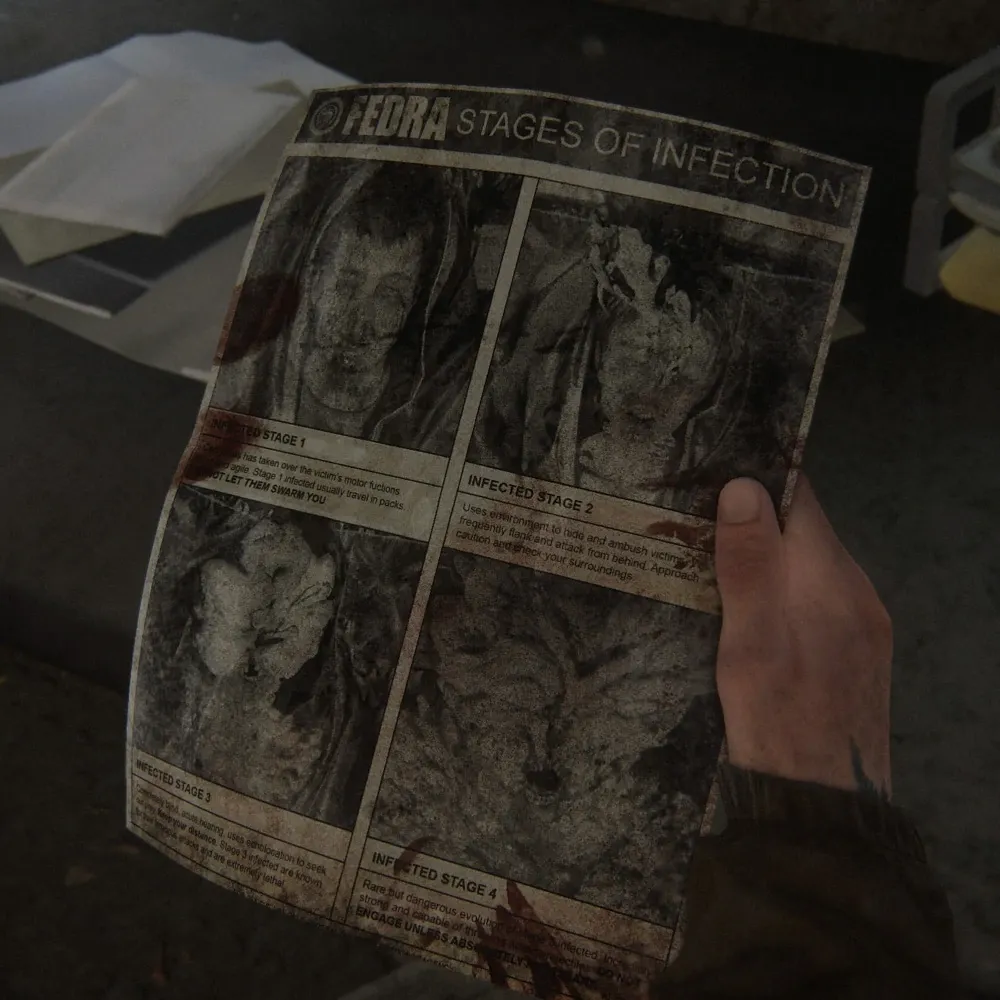
It's clear to see from the in-game FEDRA (Federal Emergency Disaster Response Agency) pamphlet that the stages of the fictional disease differ quite heavily from the infection on which it's based, but it's not unreasonable to suggest that with the mutations required for the infection to jump to humans, that there would be fungal growth on the host.
Stage 1
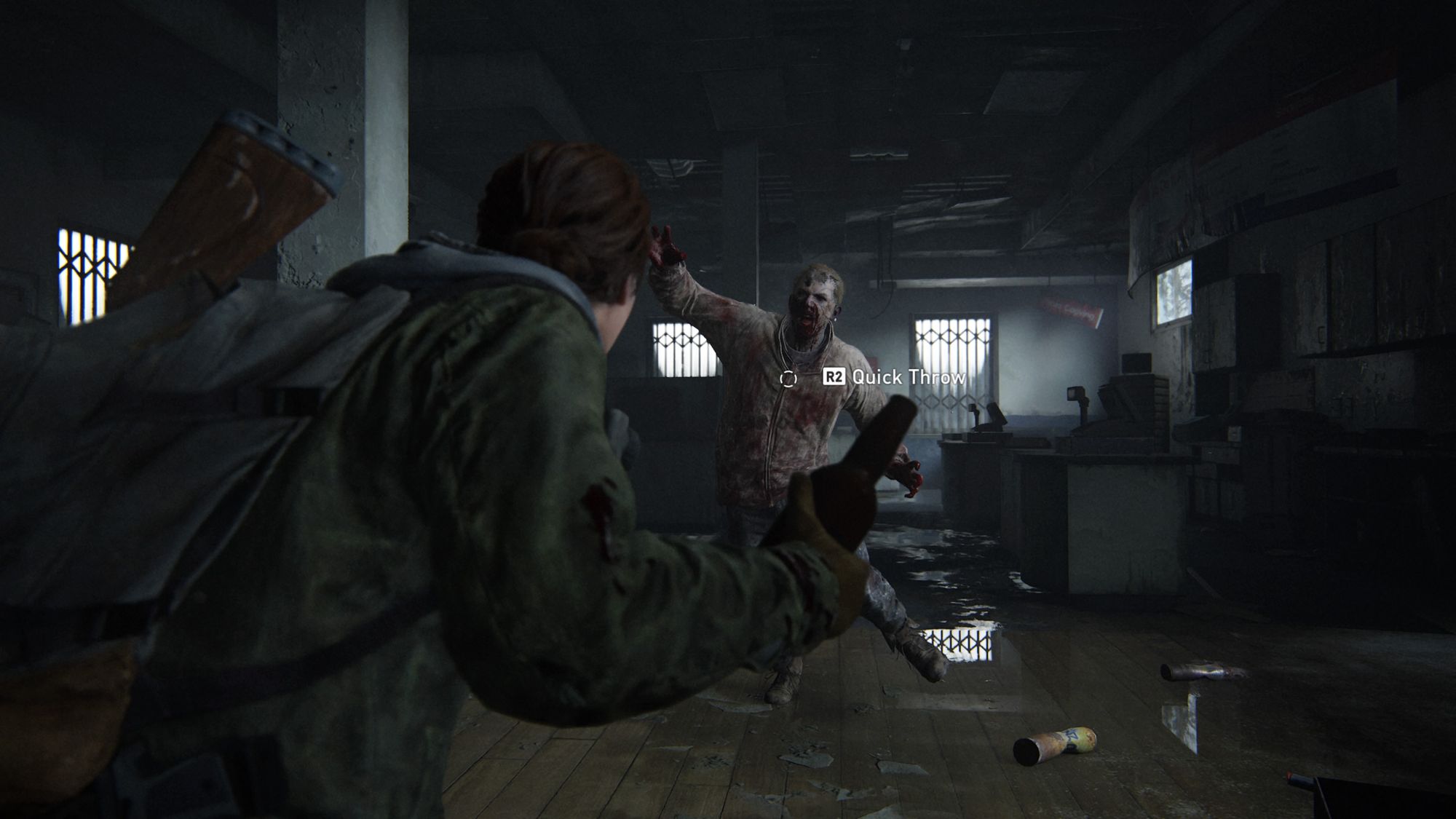
Stage One infected, or 'Runners' as the game styles them, are the most feasible form of infected. Here, the fungus has made its way to the brain and started to grow, damaging certain parts of the brain and causing some facial deformation. The damaged parts of the brain are rendered non-functional, resulting in the host becoming hyper-aggressive and irrational. This may explain some of Ellie's reckless actions in the second game (e.g. jumping off the dinosaur statue), as it's known that there is fungal growth within Ellie's head, even though she's immune from most or all of the understood symptoms.
Runners tend to move in hoards, making them a formidable force in large numbers. However, due to their lack of armour and relative squishiness, Runners are quite easy to deal with in smaller numbers.
Stage 2

Stage Two infected, or 'Stalkers', are particularly unique as they possess both the speed and vision of runners but aggression and strength of Clickers (Stage Three infected). The appearance of Stalkers doesn't differ much from that of a Runner apart from the increased fungal growth around the head. Their behaviour is what makes them stand out from Runners or Clickers; rather than bomb-rushing their enemy, a Stalker will stalk their prey (hence the name). What's worse is that they like to inhabit dimly lit, damp environments so in any number greater than zero they become a force to be reckoned with as they can and will sneak up from behind you and rip your jugular out without you knowing.
If it wasn't for their behaviour, Stage Two infected would be fairly in line with how the fungus should grow, however, due to how they attack they would have to have some level of reasoning, which their less-infected brethren the Runners also lack.
Stage 3
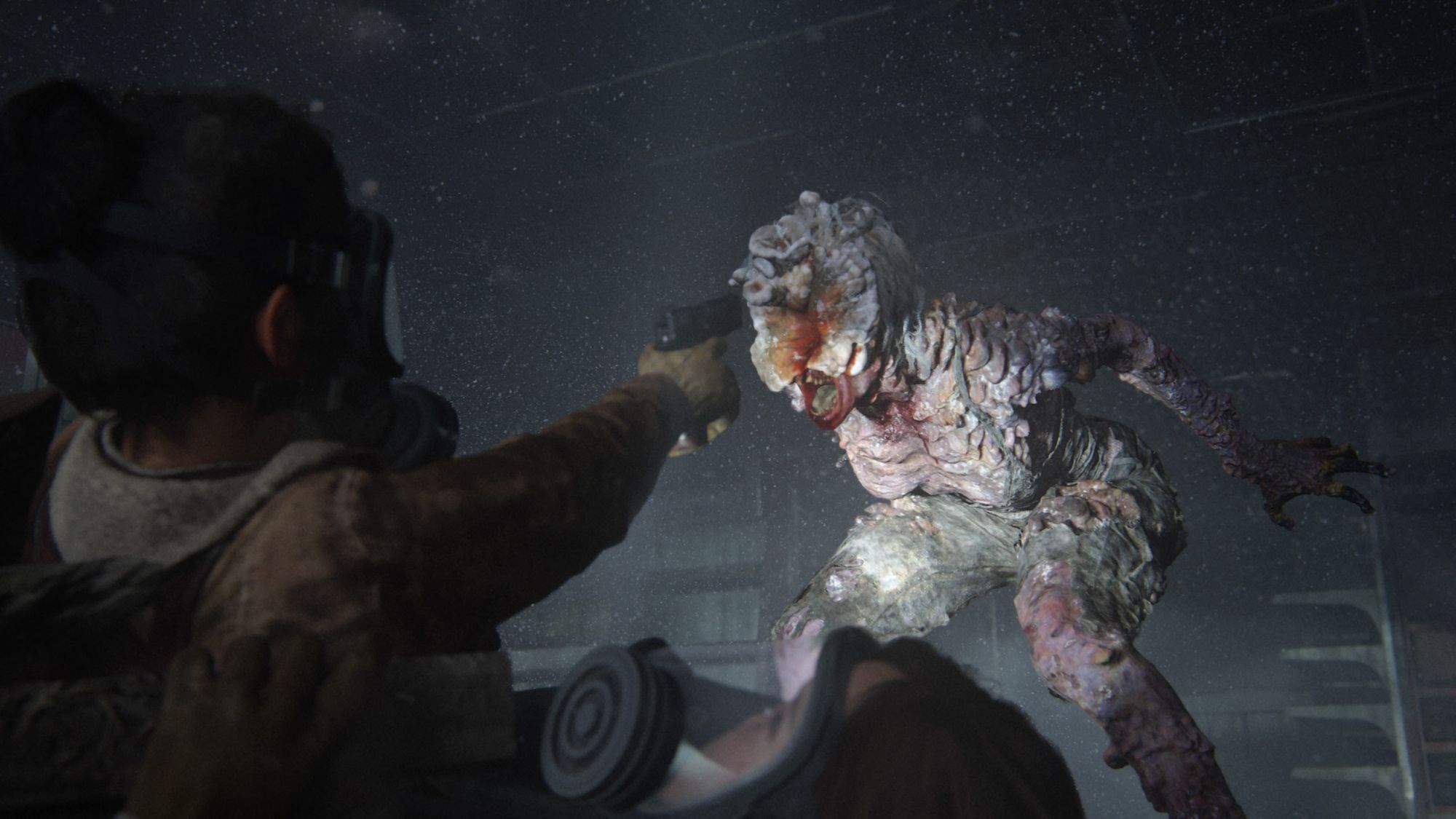
You hear a familiar clicking sound, innocent enough on its own, but in the context of The Last of Us, this sound is enough to send chills down your spine. Meet the Stage Three infected, or for a more appropriate name, Clickers.
An infected individual will become a Clicker (if they haven't already died) after roughly one year of infection and at this point, the fungal plating has completely covered and deformed the host's face, making them completely blind, forcing them to rely on a primitive form of sonar known as echolocation. To achieve this, Stage Three infected make their signature clicking sound.
Having a class of infected use echolocation as a means of vision isn't even too far-fetched. I imagine when playing a game with headphones and you hear footsteps coming towards you, you have been able to roughly approximate the direction the sound is coming from. Blind people can also make use of sound to navigate as it's shown that other senses (e.g. listening) are heightened due to the lack of other senses. So Clickers aren't even that unreasonable if you look past everything before this point.
Stage 4
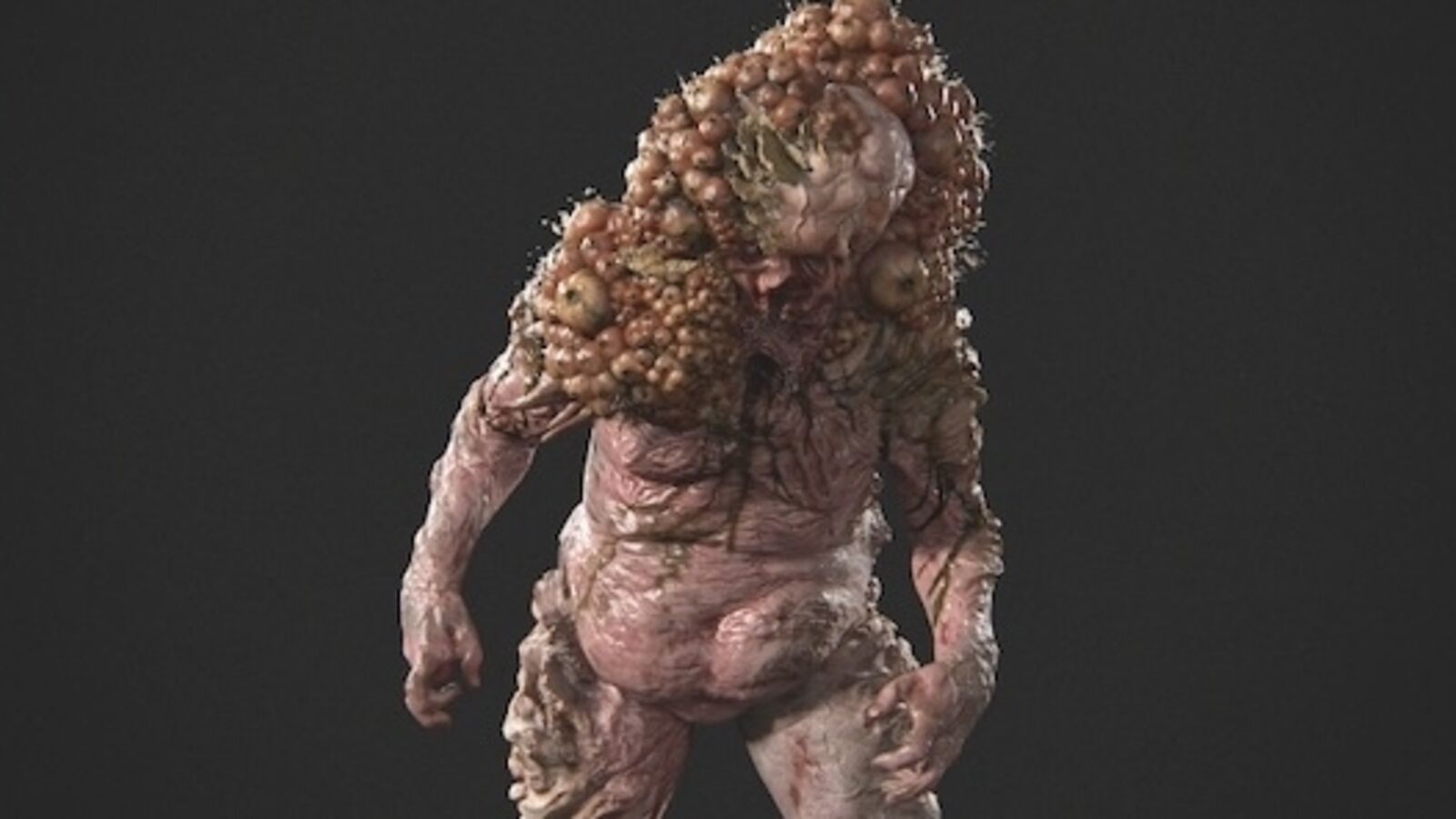
If it wasn't clear by now, we are very much in the realm of the rule of cool. Stage Four infected, which comprise both the 'Shambler' and the 'Bloater', exist purely to present a challenge to the player. These can be considered the most unrealistic for two reasons. Firstly, most infected will die before they reach the Clicker stage, making the Shambler and Bloater extremely unlikely to encounter. Finally, their full fungal plating and acid spores/acid balls make them differ so much from the other infected that it feels less consistent. Safe to say these should be ignored when looking at the feasibility of the outbreak.
The Outbreak
We know from the first game that the fungi first spread into America via contaminated crops from South America, notably via coffee and cocoa beans, though other crops were also infected. Given the large percentage of the population that will consume these items, it's fairly easy to say that the infection would spread quickly, as it would be a while before manufacturers issue food recalls. How Joel survived given how much he loved coffee will be a mystery that remains unsolved.
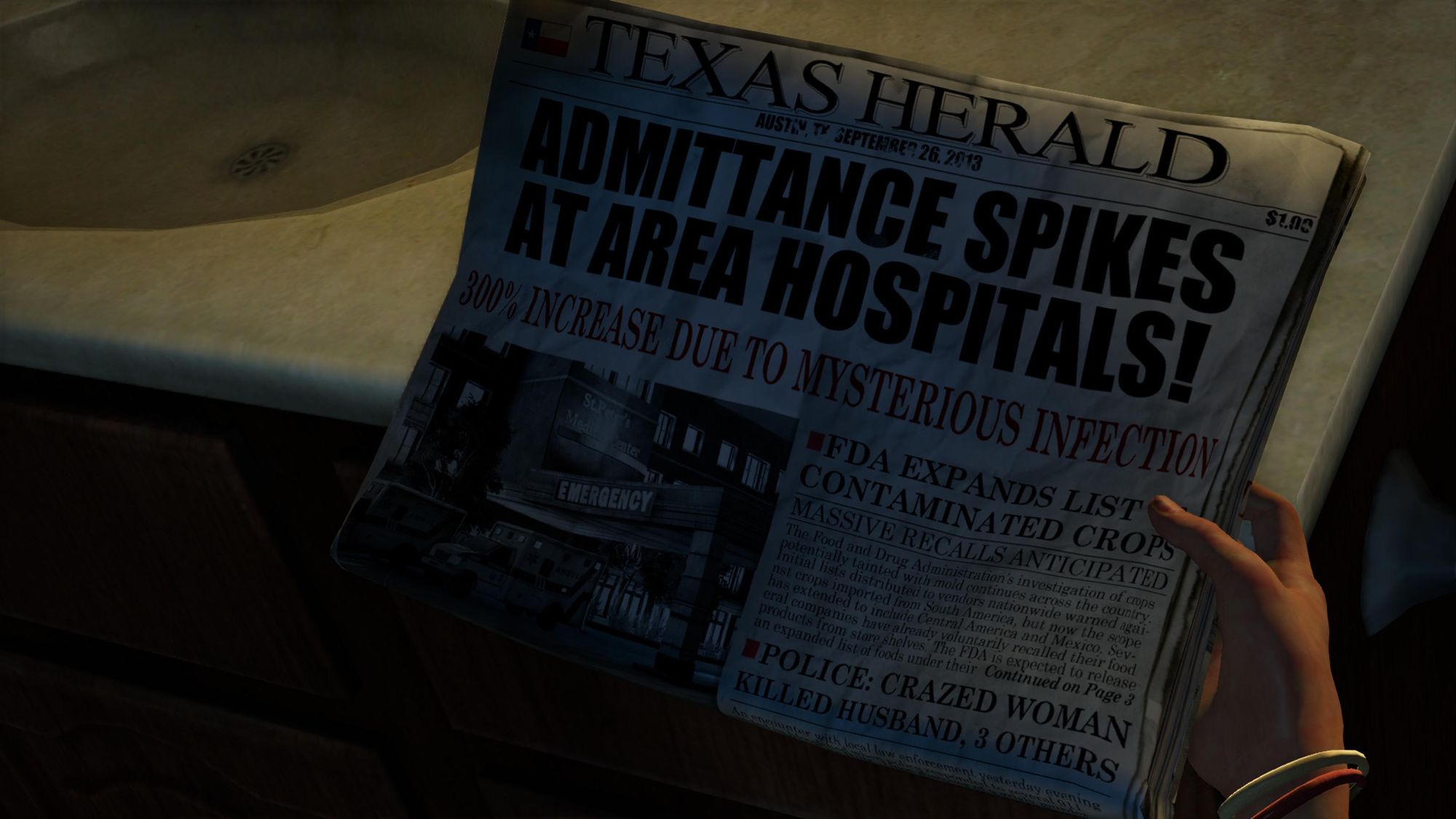
As more and more people become infected via either contaminated food or being bitten by an infected individual. The number of infected would increase exponentially and whilst some would die due to the disease or military intervention, their overwhelming numbers would be enough to overpower the military, resulting in the formation of quarantine zones. So the statistic that 60% of humanity was either infected or dead due to the virus isn't that alarming, especially when you look at how fast real-life viruses (e.g COVID-19) spread.
As the outbreak goes on and the infected start to die, spreading spores everywhere, the number of people getting infected could begin to slow with fewer actively hunting prey. It makes sense that the infections will likely never reach zero, as some people would still accidentally walk into spores or encounter infected still capable of attacking. And as it stands, even with the best equipment, developing a vaccine for fungal infections is proving difficult for scientists all across the world. Tasking a group of militants with making a vaccine and then distributing it with limited resources simply wouldn't be possible.
Reality Check
From that brief analysis, it seems pretty damning, however, there is hope. An ant's infection is pretty quick, however, humans are hundreds of times bigger than ants and for a fungal infection to really take hold it can take up to two weeks. Whilst this would in theory cause more people to become infected, we have a second ace up our sleeve that they failed to mention in the game (if they had it would have been a very boring game): antifungal medication, which works by killing fungal cells or stopping them from multiplying. And if it really came to it there's always amputation which was shown in Left Behind to be a suitable method to stop the infection.
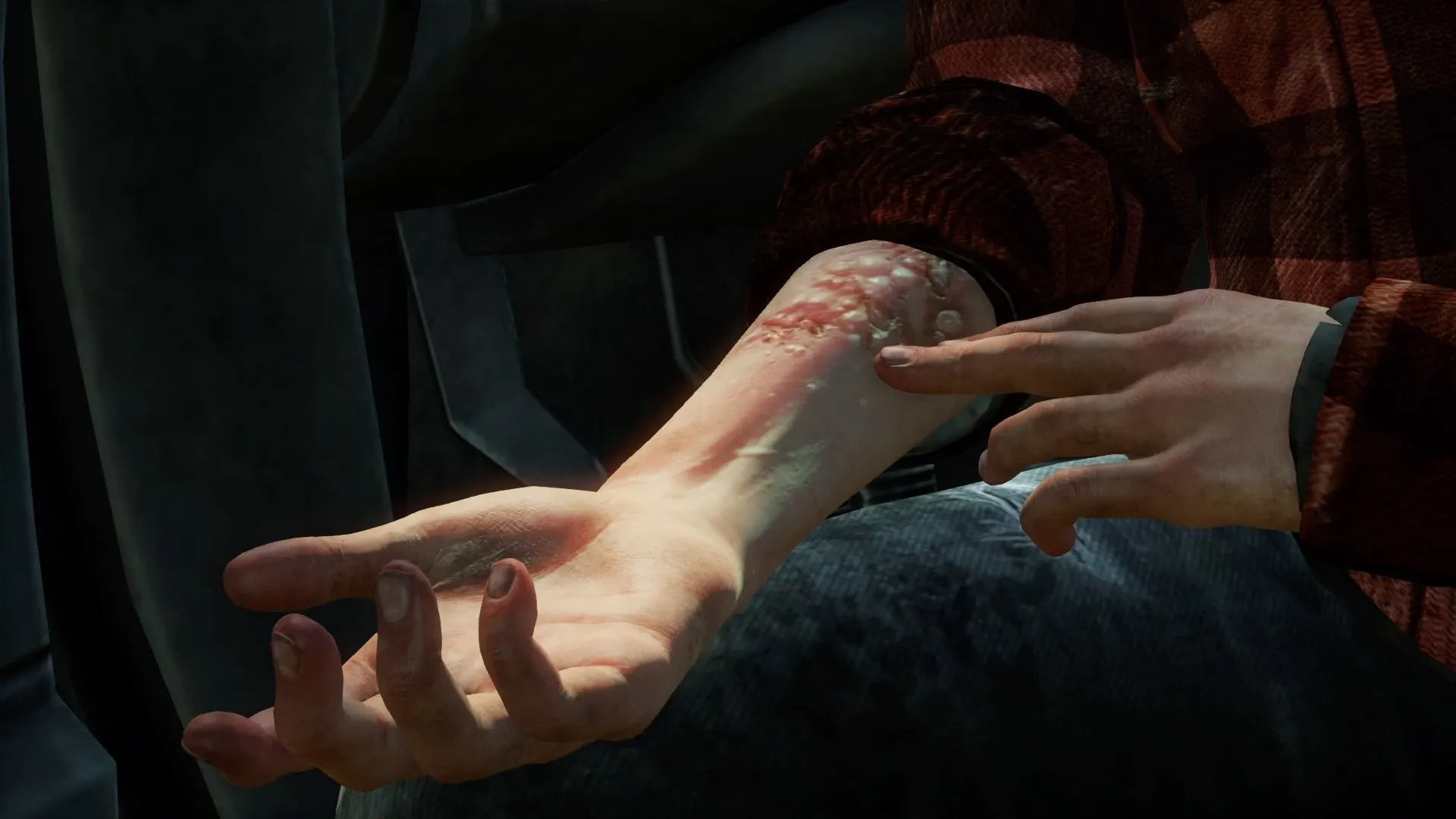
So if by some off-chance this zombifying cordyceps fungus does make its way to humans, there's probably no need to worry as modern science and a lack of disease plot armour have got your back.
Comments
Sign in or become a SUPERJUMP member to join the conversation.
